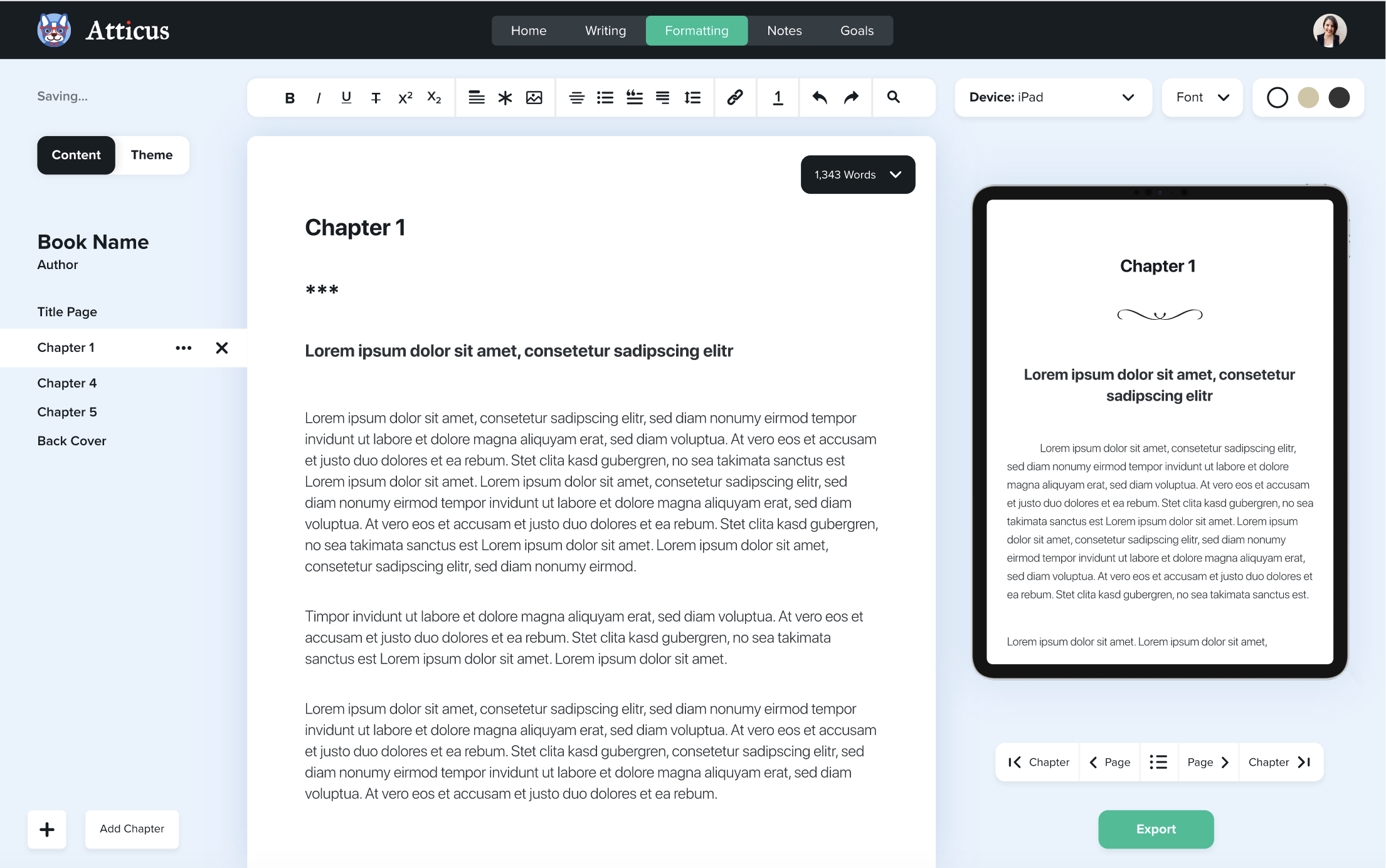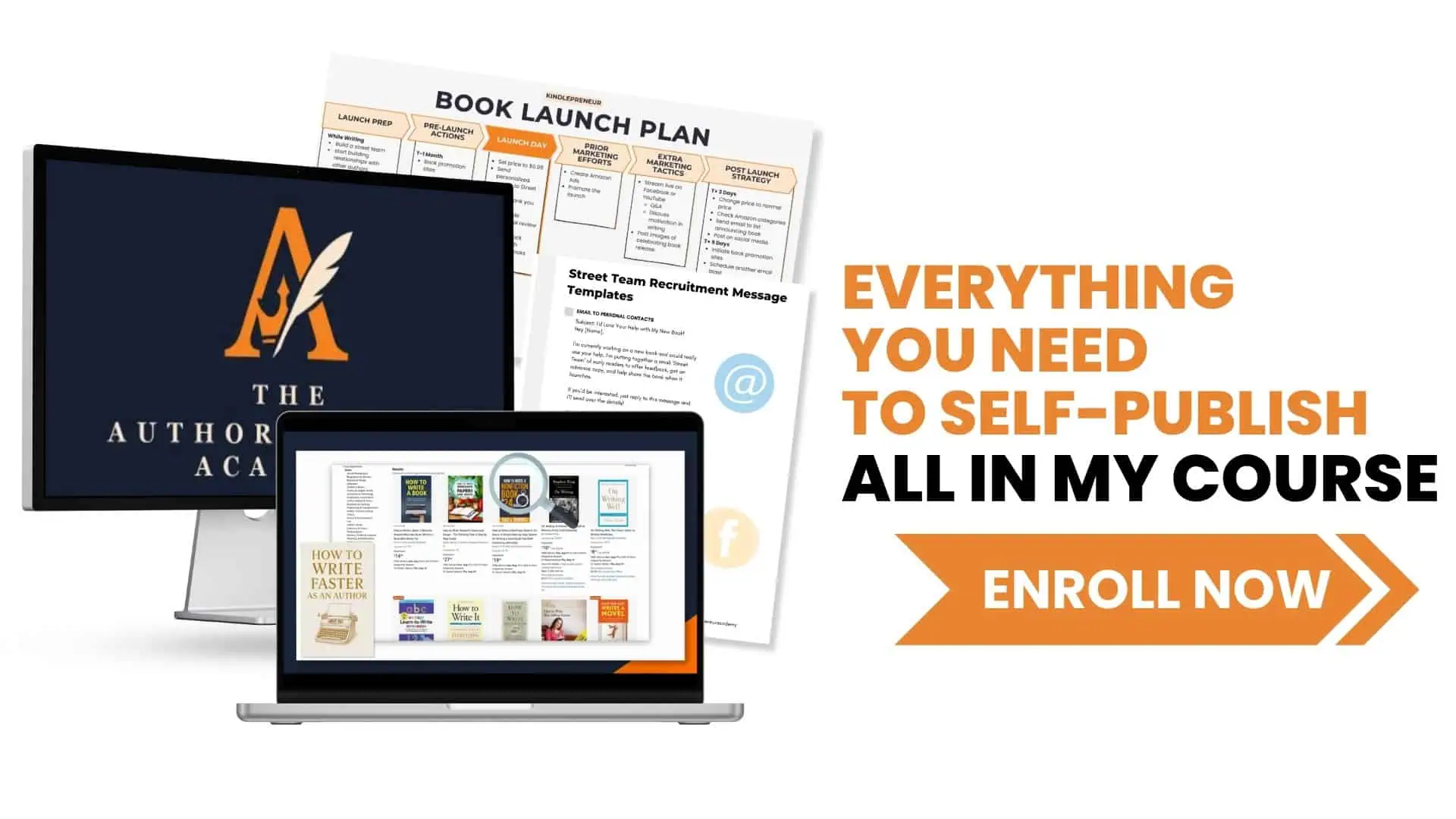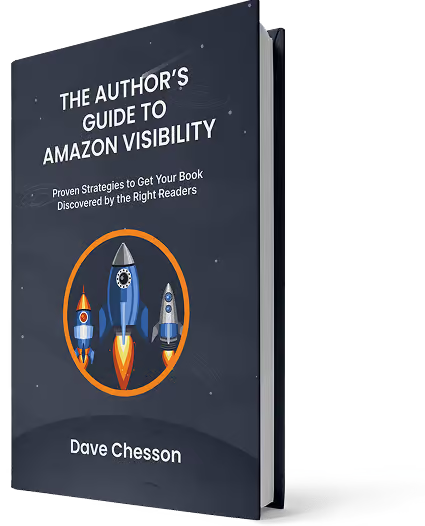Whether you’re writing an epic fantasy, a fast-paced thriller, or a quiet love story, the climax of a story is often the moment readers remember most.
When it works, the climax ties all the threads together, pushing the central conflict to a dramatic turning point and delivering on the promise you set up earlier in the book. When it doesn’t, the ending feels flat, and readers are left wondering why they invested so much time in the pages leading up to it.
That’s why learning how to write a strong climax is so important. In this guide, I’ll break down what a climax is, how to make yours satisfying, and what to avoid along the way.
Here’s what we’ll cover:
- What a climax is and what makes a good one.
- Tips for writing a climax readers will love (in any genre).
- Examples of memorable climaxes.
What is the Climax of a Story?
The climax usually happens near the end of a story arc. It’s the moment when the protagonist faces their biggest challenge and the stakes are at their highest.
Tension peaks, and the outcome of the entire plot hangs in the balance.
Often, this means a direct confrontation between protagonist and antagonist. If the main character fails, the opposing force wins and everything is lost. But even in stories without a single embodied villain, the climax is still the all-or-nothing turning point that decides the story’s resolution.
Understanding the Story Climax
Every major story structure includes a version of the climax, even if it uses a different name.
- In Freytag’s Pyramid, it sits after the rising action and before the falling action.
- In the Fichtean Curve and Five-Act Structure, the climax holds a central spot.
- In the Hero’s Journey, it’s called the Resurrection.
- In Save the Cat, it’s the Finale.
- And in the Dan Harmon Story Circle, it’s the point where the protagonist returns changed and must face the final test.
For simplicity’s sake, here’s the basic framework we’ll use in this article:
- Introduction – Introduces the protagonist and their ordinary world, while laying down exposition.
- Inciting Incident – Disrupts the ordinary world and launches the central conflict.
- Rising Action – The bulk of the story, where the character meets challenges, grows, and pushes toward their goal.
- Climax – The moment of greatest tension, when the protagonist must face their ultimate test.
- Falling Action/Resolution – The conflict winds down, loose ends are tied off, and the story closes.
No matter what you call it (climax, finale, or resurrection), this is the point readers wait for. And while every story will shape it differently, strong climaxes share certain traits.
Before we dig into those characteristics, let’s look at some famous examples.

Format Beautiful Professional Books
Easy to use, and and full of amazing features, you can quickly turn your book into a professional book.
Check It Out10 Well-Known Climax Examples From Literature & Movies
Most readers can point out a climax without much trouble. Still, it helps to look at some famous ones across books and films to see how they work in practice.
1. Harry Potter and the Deathly Hallows by J.K. Rowling
The final showdown between Harry and Voldemort at Hogwarts is both the climax of the book and the entire series.
It resolves years of buildup, ties together the central conflict, and delivers the payoff readers had been waiting for.
2. Return of the Jedi
Luke battles Darth Vader while resisting the Emperor’s pull to the dark side.
The turning point comes when Luke refuses to kill his father, choosing mercy over rage. That choice paves the way for Vader’s redemption when he destroys the Emperor.
3. Titanic
As the ship sinks, Jack and Rose cling to survival in the freezing Atlantic. Jack’s sacrifice ensures Rose’s survival, making the climax not just about the disaster but about love, loss, and resilience.
4. The Great Gatsby by F. Scott Fitzgerald
The story’s climax happens at the Plaza Hotel confrontation, where Gatsby, Daisy, and Tom collide. Gatsby insists Daisy declare she never loved Tom, but she cannot.
This moment shatters Gatsby’s dream and seals the fate of every character.
5. To Kill a Mockingbird by Harper Lee
The climax comes when Bob Ewell attacks Scout and Jem.
Boo Radley intervenes, saving the children and finally stepping out of the shadows. This moment ties together the novel’s themes of prejudice, innocence, and moral courage.
6. Pride and Prejudice by Jane Austen
After countless misunderstandings, Elizabeth Bennet finally learns the truth about Darcy’s actions and character.
The emotional climax occurs when she realizes her feelings have changed, setting the stage for reconciliation and marriage.
7. The Lord of the Rings: The Return of the King by J.R.R. Tolkien
The climax unfolds at Mount Doom, where Frodo nearly succumbs to the Ring’s power.
Gollum’s intervention (biting off Frodo’s finger and falling into the fire) destroys the Ring and resolves the central conflict of the trilogy.
8. Macbeth by William Shakespeare
The climax comes in Macbeth’s final battle against Macduff. When Macduff reveals he was not “born of woman” in the usual way, Macbeth’s confidence collapses.
His death fulfills the prophecy and brings the tragedy to its grim conclusion.
9. The Lion King
Simba faces Scar at Pride Rock in a dramatic showdown. The climax peaks when Simba forces Scar to admit the truth about Mufasa’s death, reclaiming his place as king and restoring balance to the Pride Lands.
10. The Hunger Games by Suzanne Collins
The climax hits when Katniss and Peeta threaten to eat the poisoned berries rather than kill each other.
This defiance forces the Capitol’s hand and crowns them both victors, while also planting the seeds of rebellion.
Characteristics of a Good Climax
Not every story climax will hit all of these notes, but the strongest ones usually include at least a few.
The more of these characteristics you can weave in naturally, the more satisfying your ending will be for readers.
It Answers a Major Question
The climax is the payoff for everything that came before. All the smaller conflicts lead here, and the central question posed by the story should be answered in this moment.
Sometimes that question is as simple as, “Will the hero defeat the villain?” But more often it’s, “How will the hero prevail?”
Readers often come in with certain expectations: thrillers where good triumphs over evil, romances where the couple finally chooses each other, mysteries where the truth comes to light. What keeps readers hooked is not knowing the outcome, but seeing how the protagonist overcomes impossible odds to reach it.
Other common questions answered in a climax include:
- Will the couple end up together?
- Will the protagonist learn or change?
- Will the mystery be solved?
- Will justice be served?
- Will the character finally overcome the obstacle holding them back?
In most cases, you can add “how” in front of these and have a great question to answer in your climax.
It's Satisfying
Satisfaction looks different depending on the genre, but in every case, readers want a payoff that feels earned.
- In an action thriller, that often means a final showdown where the hero seems on the verge of defeat before pulling through.
- In a psychological thriller, it might be a twist that makes the reader gasp, followed by the realization that the clues were there all along.
- In a romance, it’s the long-awaited moment of honesty, confession, or connection that seals the relationship.
- In fantasy, it could be a climactic battle where magic and armies collide, with victory pulled from the jaws of defeat.
Your climax should be true to your story. Skip the emotional or dramatic payoff, and readers will walk away unsatisfied.
It Completes a Character Arc
The climax is often where the protagonist’s internal journey meets the external conflict. A choice made here should reflect the growth (or tragic downfall) of the character.
For example, if the main character has struggled with fear throughout the story, the climax is the place to show them acting with courage and completing their character arc. This allows you to layer the outer conflict (the fight, chase, or confrontation) with the inner conflict (growth, failure, or change).
That dual payoff is one of the best ways to leave a lasting impression.
It Should Change the Status Quo
A story without change doesn’t feel like much of a story at all. That change can be internal (a character transformed by their choices) or external, where the world shifts because of what the character did.
In Sherlock Holmes stories, Holmes doesn’t change much, but the world does: mysteries are solved, villains caught, and order restored. The climax delivers that external resolution, even if the detective himself remains steady.
Whether internal or external, the key is that the climax alters the world or the characters in a meaningful way.
It Builds on What Came Before
The best climaxes feel like the natural result of everything that’s happened up to that point.
They don’t appear out of thin air, but instead grow from seeds planted earlier in the story. This gives the ending a sense of inevitability… not in the sense that it was predictable, but in the sense that once it happens, readers think, “Of course it had to end this way.”
Foreshadowing, setup, and smaller conflicts all pave the way for the big moment. If a crucial skill, relationship, or weakness suddenly appears at the climax without warning, it risks feeling like a cheat.
But if you’ve layered in hints and progress all along, the payoff lands with far more power.
For example:
- In The Hunger Games, Katniss’s defiance with the poisoned berries only works as a climax because we’ve already seen her compassion for Rue and her willingness to break the Games’ rules earlier in the story. Those moments make her final act of rebellion believable and earned.
- In The Lord of the Rings: The Return of the King, Frodo’s struggle with the Ring’s power has been building for three books. So when he fails to let it go at Mount Doom, the moment feels authentic (and Gollum’s role in destroying the Ring ties directly back to choices made much earlier).
When your climax grows out of groundwork you’ve already laid, it feels organic, satisfying, and inevitable (and the kind of storytelling readers respect and remember).
What a Climax Isn't
We’ve covered what makes for a strong climax. Now let’s look at what to avoid.
It Isn’t Action for Action’s Sake
The climax should resolve the central conflict, not just provide flashy fireworks.
A chase, battle, or explosion that doesn’t tie back to the story’s core struggle will feel empty. Readers will be left wondering, “Wait, wasn’t that just filler?”
Action should heighten the stakes of the main conflict, not distract from it.
It Isn’t at Odds With the Rest of Your Story
Readers expect the climax to match the tone and style of the story they’ve been reading. If you’ve built a sweeping space opera, the finale should deliver something grand in scale. If you’ve written a quiet character study, the climax might be an emotional confrontation instead.
Subverting expectations can work, but only if it feels authentic to the story you’ve been telling.
It Isn’t Inconsistent With the World You’ve Created
The climax needs to follow the rules of your story world.
Dropping in an out-of-nowhere twist (like sudden magic or a hidden superpower never mentioned before) will feel like a cheat. Avoid deus ex machina solutions unless you’ve foreshadowed them. The best climaxes grow naturally from the groundwork laid earlier.
It Isn’t Dragged Out
A climax that lingers too long can lose its punch.
Once the central conflict has peaked and the resolution is clear, wrap it up. Stretching the moment with extra scenes, repeated beats, or unnecessary explanations weakens the impact.
A strong climax delivers intensity, then moves into resolution before the energy fizzles.
It Isn’t Missing Emotional Stakes
Even in plot-heavy genres, readers need to feel something at the climax. If the showdown only resolves external conflict without touching on the character’s emotions or internal journey, it risks feeling hollow.
Whether it’s love, fear, anger, or sacrifice, the emotional dimension is what makes the story climax memorable.
Does Every Story Need a Climax?
The short answer: no. Not every story requires a traditional climax.
But if you want to write something that appeals to a broad commercial audience, a strong climax is almost always expected.
There are exceptions, of course. Some works deliberately avoid climaxes, often in the realm of literary fiction or experimental storytelling. These stories focus more on mood, character study, or theme than on plot resolution.
For example:
- Mrs. Dalloway by Virginia Woolf – The novel unfolds in a single day, weaving together characters’ thoughts and experiences. Instead of building to a conventional climax, it relies on introspection and stream of consciousness to reveal meaning.
- My Ántonia by Willa Cather – This classic doesn’t follow a typical plot arc. Instead, it offers a series of vignettes that capture the rhythms of life and memory, with no single, explosive turning point.
- Lost in Translation – The story is more about atmosphere and fleeting connection than about conflict and resolution. Its quiet ending works precisely because the film never promised a traditional arc.
So while you can write a story without a climax, doing so usually signals to readers that the work is aiming for an artistic or experimental effect.
On the other hand, if you’re writing in genres like romance, thriller, mystery, or fantasy, readers expect a climax that delivers tension and resolution.
Failing to provide one in those contexts will almost always lead to disappointment.
Final Word on Writing a Story Climax
As fiction writers, it’s important to understand the narrative structures that help stories resonate.
Yes, you can experiment and even subvert expectations, but do it carefully (readers still look for certain payoffs, and the climax is one of the biggest). It’s the moment when the protagonist faces their toughest obstacle, and everything the story has built toward comes to a head.
You don’t need a degree in story theory to write a great climax. What you do need is a sharp eye for how your favorite books and films handle theirs.
Study how they set it up, how they raise the stakes, and how the payoff feels inevitable once it happens. Internalize those lessons, and you’ll be far better equipped to craft climaxes that keep readers satisfied to the very last page.





